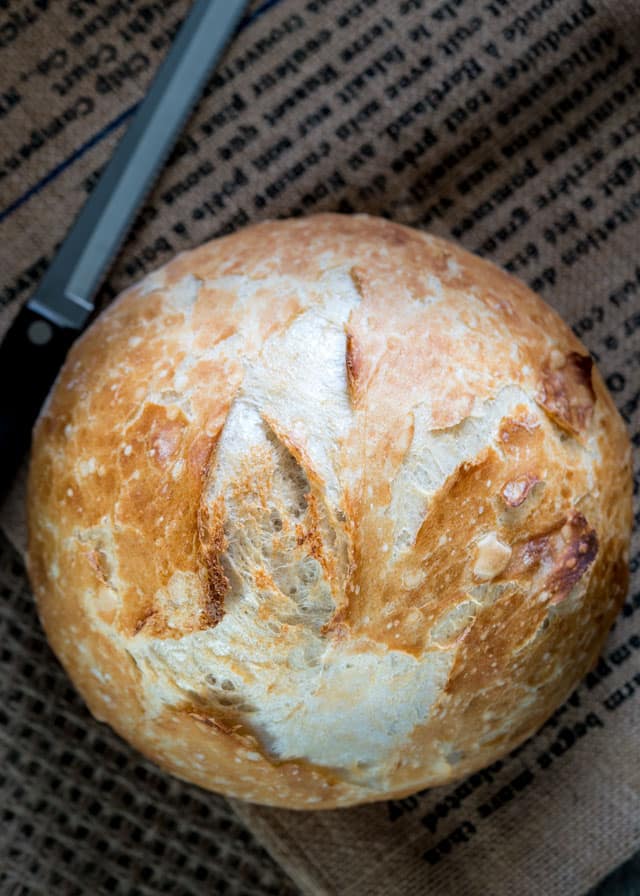So, I have been driving myself crazy trying to come up with the number of calories in a cup of flour. The first problem is dealing with the American system of measurement. A cup is not a cup is not a cup. Weights range from 115 to140 grams per cup. I am trending to ~125 grams per cup, for flour. And then there are the calories per cup of flour. Again, they are flying all over the map.
I decided to try the 100 gram approach. How many calories are there per 100 grams? Things seem to stabilize a bit. Values aren’t fluctuating quite as much. Your strong flours seem to be in the 360-365 calorie range, the cake flours in the 300-340 calorie range. But, there still is some variety, even amongst the same type of flours, so I went looking for an authoritative source and found – The USDA.
https://fdc.nal.usda.gov/fdc-app.html#/?query=flour
Here they have a variety of flour types, all the nutrition information you want, and they serve it up in 100 gram portions. So I go and take a look at Flour, bread, white, enriched, unbleached (I am using King Arthur bread flour at the moment) and see lots and lots of nutrient information. They’ve got proximates, minerals, even vitamins; they even have TWO values of calories! I didn’t know about the two values of calories; I always thought a calorie was a calorie, except when it was a fiber. They list calories as energy, measured by the Atwater General Factors and the Atwater Specific Factors. These numbers are not the same. I will leave it to the gentle reader to chase the Atwater Factors down the “Google” or “Duck Duck Go” rabbit hole.
I shall move forward using the Atwater General Factor of 366 Calories for 100 grams of bread flour. I am still debating as to whether a cup of flour is 125 grams or 130 grams.

